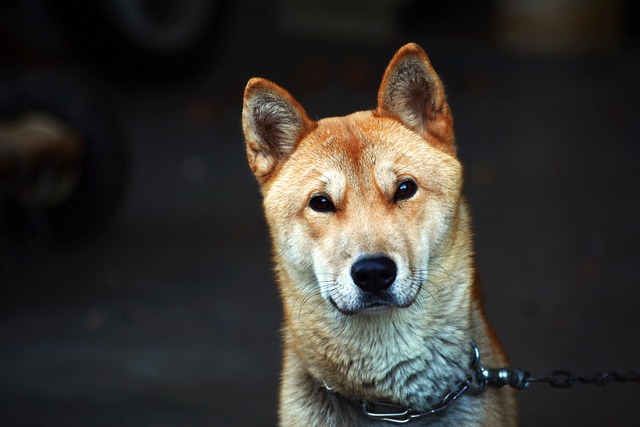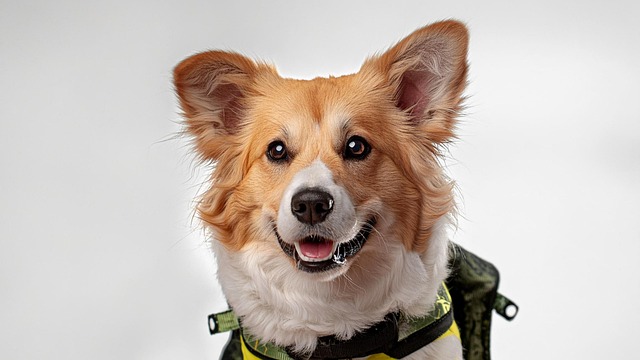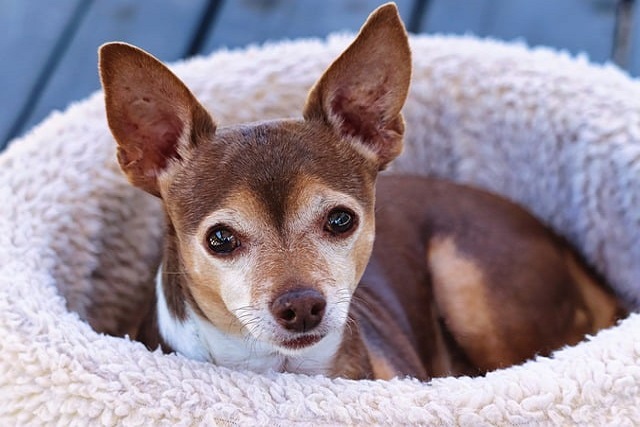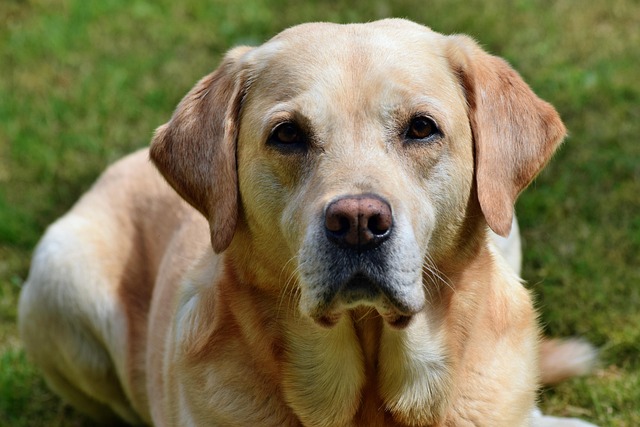New puppy owners often find themselves staring at their wiggly bundle of fur and wondering: when will this chaos turn into a well-behaved companion? The truth is, there’s no magic number for how long it takes to train a dog fully—so much depends on the pup in front of you and the work you put in together.
Some dogs pick up commands faster than others, and a lot of that comes down to their breed and age. A border collie, bred to follow directions, might nail basic "sit" and "stay" in a few weeks, while a stubborn bulldog could take twice as long. Puppies under six months have shorter attention spans, so puppy training often moves in short, frequent sessions—10 to 15 minutes a day—with progress building slowly. Adult dogs, especially rescues, might come with past habits, good or bad, which can speed things up or add extra time to unlearn old behaviors.
What “fully trained” means also shifts the timeline. If you’re focusing on dog obedience training—like coming when called or walking nicely on a leash—most dogs get the hang of the basics in 2 to 6 months with regular work. But if you want more than that—like off-leash reliability in busy parks or calm behavior around kids and other pets—that takes longer. Socialization, a big part of feeling “fully trained,” can stretch into the first year, as you expose them to new sounds, places, and people little by little.
 Consistency is where many owners stumble, and it’s the secret sauce to making progress stick. Skipping sessions or letting “oops, just this once” moments slide can set you back weeks. It’s not just about teaching commands; it’s about reinforcing them every day, whether you’re at home, on a walk, or visiting a friend’s house. Dogs thrive on routine, so the more regular your dog training efforts, the clearer the lessons become.
Consistency is where many owners stumble, and it’s the secret sauce to making progress stick. Skipping sessions or letting “oops, just this once” moments slide can set you back weeks. It’s not just about teaching commands; it’s about reinforcing them every day, whether you’re at home, on a walk, or visiting a friend’s house. Dogs thrive on routine, so the more regular your dog training efforts, the clearer the lessons become.
Don’t forget that laws in many areas set expectations for dog behavior, too. From leash rules in public spaces to requirements for not disturbing neighbors, a “fully trained” dog often needs to meet these standards to stay safe and legal. That might mean extra work on staying calm around cyclists or not jumping on strangers—skills that go beyond basic commands but matter just as much.
Training a dog fully isn’t about reaching a finish line; it’s about growing together. Some days will feel like huge wins, others like you’re treading water. But with patience, regular practice, and a little flexibility, you’ll notice the small shifts—the way they pause before darting out a door, or the trust in their eyes when you say “come.” That’s when you know: the training isn’t done, but you’re both on the right path.

 Consistency is where many owners stumble, and it’s the secret sauce to making progress stick. Skipping sessions or letting “oops, just this once” moments slide can set you back weeks. It’s not just about teaching commands; it’s about reinforcing them every day, whether you’re at home, on a walk, or visiting a friend’s house. Dogs thrive on routine, so the more regular your dog training efforts, the clearer the lessons become.
Consistency is where many owners stumble, and it’s the secret sauce to making progress stick. Skipping sessions or letting “oops, just this once” moments slide can set you back weeks. It’s not just about teaching commands; it’s about reinforcing them every day, whether you’re at home, on a walk, or visiting a friend’s house. Dogs thrive on routine, so the more regular your dog training efforts, the clearer the lessons become.



